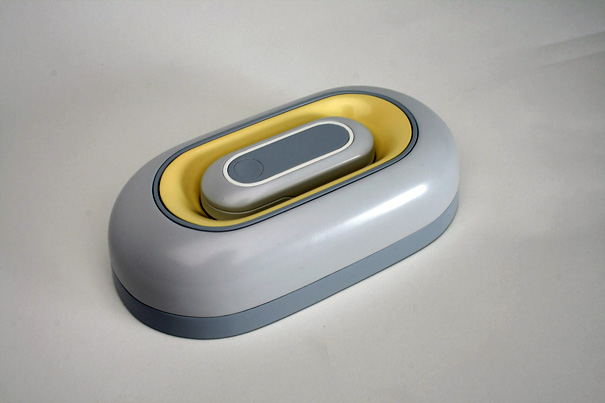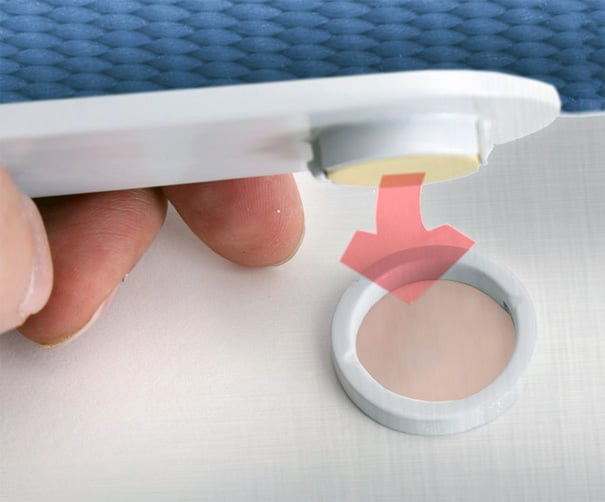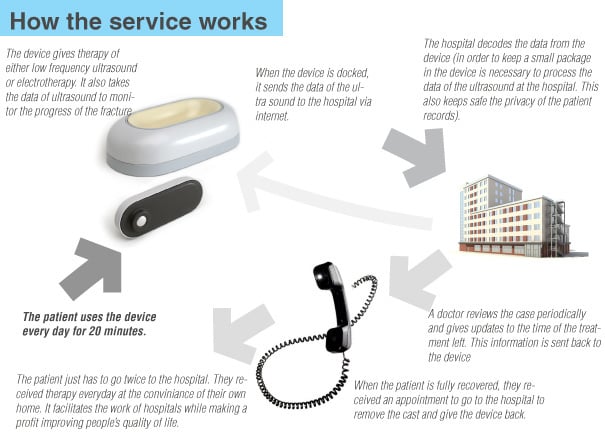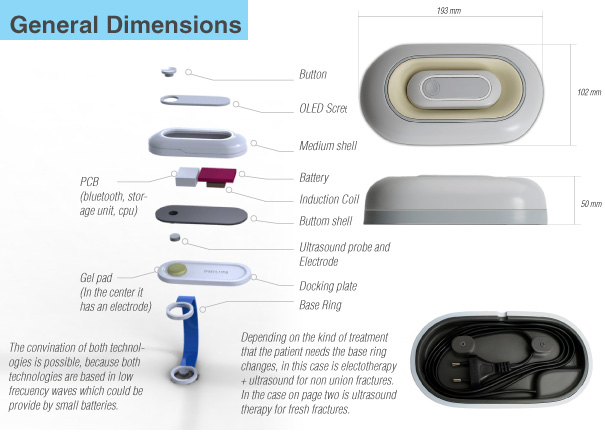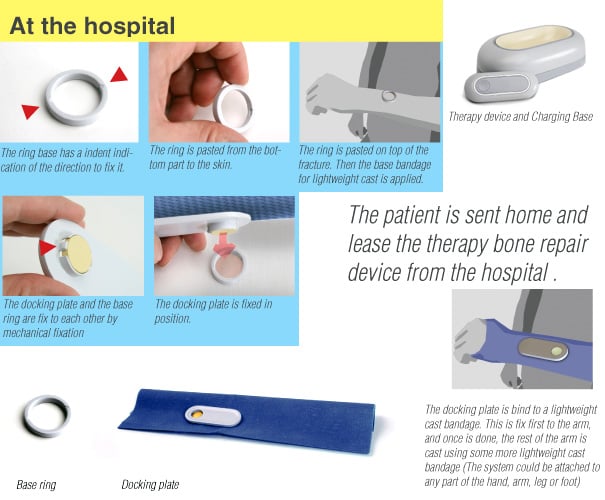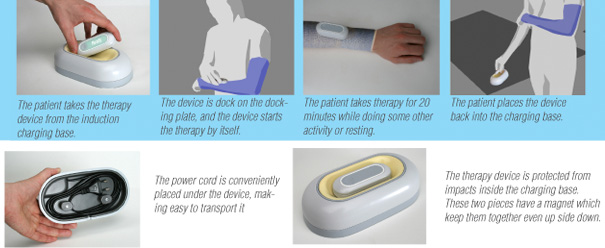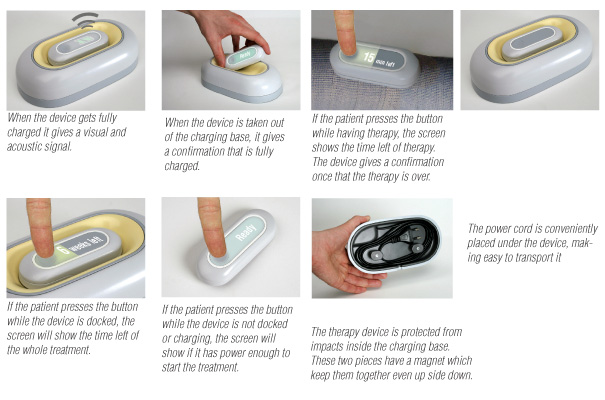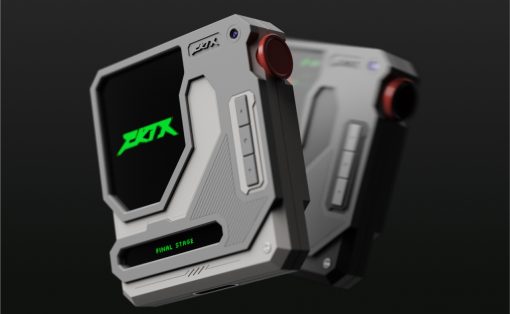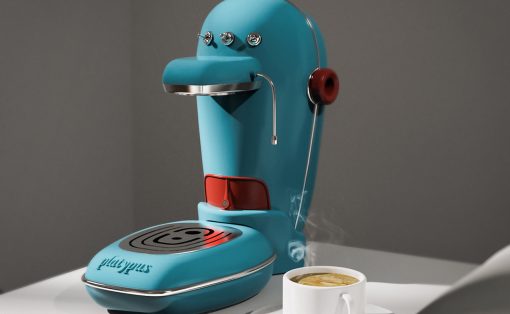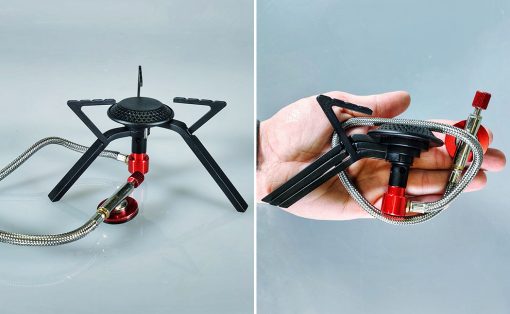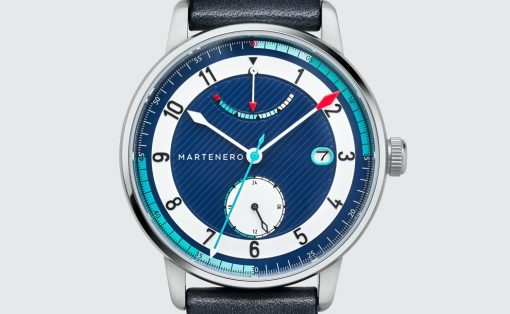Okay, geek out time. There’s an episode in Star Trek TNG where Dr. Crusher waves a curious wand-like device over a broken arm. Magically the arm is mended and the only side effect the patient complained of was stiffness. I NEED THAT DEVICE. Not that I go breaking bones all the time but that device is a wonderful security blanket should something tragic happen. The closest thing we might have today is Bone Repair Therapy.
The Bone Repair Therapy device allows patients to self-administer electrotherapy and ultrasound treatment to fresh fractures and non-union fractures after a cast has been set. It brings convenience and savings to both patients and healthcare institutions. Although the general public is able to access ultrasound and electrotherapy for bone repair, not everybody can afford the time and cost of these therapies. Part of the problem is the travel time (to the hospital) and waiting time (for the calibration of the machine) making it inconvenient. Thus, many people do not use them, even though they are available and would enormously reduce recovery time.
When a patient is brought into the emergency room for the casting of a broken limb, it’s applied as usual. The cast, however, will incorporate a docking plate, where the Bone Repair Therapy device will later be placed. The patient is given the device and instructions and is free to go home.
At home, the patient removes the device from the induction charging station and places it on the docking plate for twenty minutes per day. The therapy device can hold a charge sufficient for up to five sessions, which makes it very convenient for travelling.
The device monitors the recovery of the fracture and sends information to the hospital via the net. A doctor reviews the case periodically and sends updates back to the device regarding treatment adjustments. Once the fracture has healed, the hospital notifies the patient to remove the cast and send the device back by post or drop it off at the hospital. The use of this technology in the treatment of fractures can reduce recovery time up to 60%.
Designer: Francisco Lindoro
